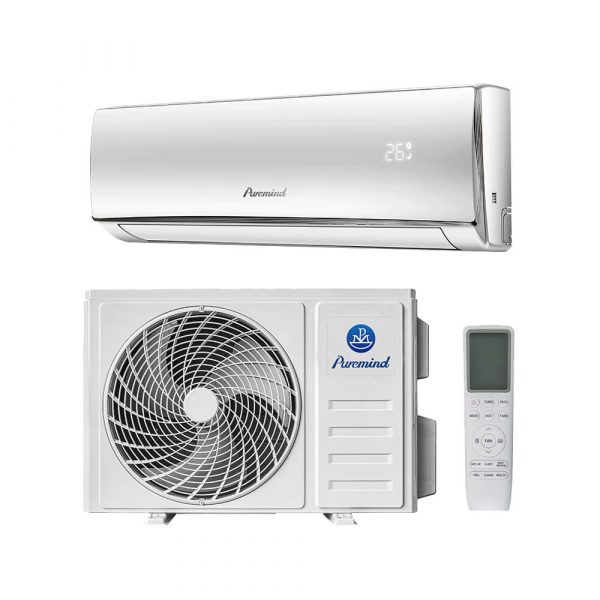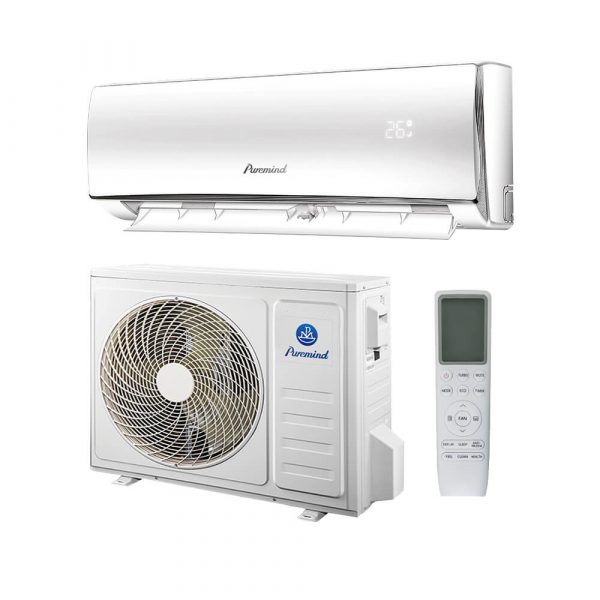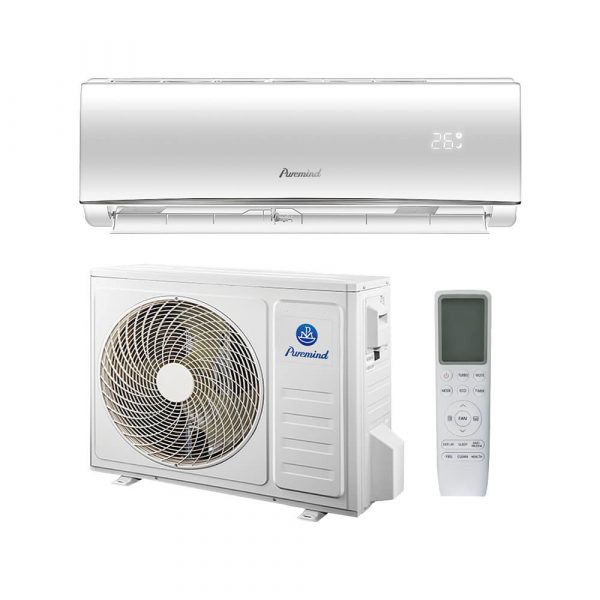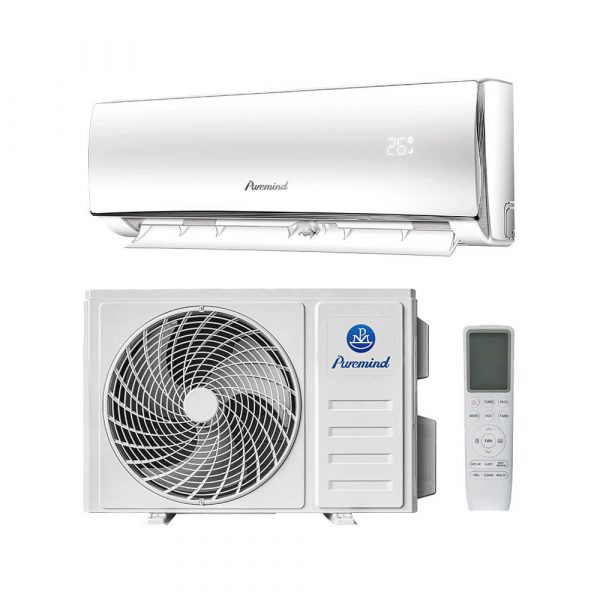Air Conditioner vs Mini Split: Complete Guide for Wholesalers and Distributors
When it comes to cooling and heating solutions, one of the most common debates in the HVAC market is air conditioner vs mini split. For wholesalers, suppliers, and distributors, understanding the key differences between these two systems is crucial to guiding customers, optimizing product offerings, and boosting sales. This guide provides a detailed comparison of traditional central air conditioners and modern ductless mini splits, including features, costs, installation, and market opportunities.
What Is a Traditional Air Conditioner?
A traditional central air conditioner is a system that uses ductwork to distribute cooled air throughout an entire building. It typically includes an outdoor condenser unit and an indoor evaporator coil, connected to a furnace or air handler. Central AC systems are well-suited for large spaces but require significant installation work, duct maintenance, and higher energy use.
What Is a Mini Split System?
A mini split, also known as a ductless split system, consists of an outdoor compressor and one or more indoor air-handling units. Instead of ducts, a narrow conduit carries refrigerant, power, and drainage. Mini splits are ideal for targeted cooling and heating, offering flexibility, energy efficiency, and quiet operation. They are increasingly popular in residential homes, commercial spaces, and retrofit projects.
Air Conditioner vs Mini Split: Key Differences
- Installation: Central air conditioners require ducts, while mini splits do not.
- Efficiency: Mini splits often achieve SEER ratings above 20, higher than most central AC systems.
- Cost: Central systems have higher installation costs due to ductwork, while mini splits may cost more per unit but save on labor.
- Flexibility: Mini splits allow zone-based cooling, while central AC cools the entire building at once.
- Noise Levels: Mini splits operate at lower noise levels compared to central units.
Cost Comparison: Air Conditioner vs Mini Split
One of the most important considerations for wholesalers and distributors is cost. On average:
- Central Air Conditioners: $4,000–$8,000 including installation.
- Mini Split Systems: $2,500–$7,500 for single-zone; multi-zone systems can exceed $10,000.
While mini splits may cost more upfront per unit, their efficiency leads to long-term savings on energy bills, making them attractive for eco-conscious customers.
Applications for Each System
- Air Conditioners: Best for large buildings with existing ducts, such as offices or homes with central HVAC.
- Mini Splits: Ideal for retrofits, additions, older homes without ducts, and multi-zone commercial applications.
Energy Efficiency Considerations
Mini splits have a clear advantage in efficiency. According to ASHRAE, duct losses can account for up to 30% of energy use in central systems. Since mini splits eliminate ducts, they avoid this problem and achieve higher SEER and HSPF ratings. Wholesalers can leverage this fact to appeal to environmentally conscious buyers and contractors looking for long-term ROI.
Installation and Maintenance Differences
Central air conditioners require professional duct installation, which can be invasive and expensive. Mini splits, on the other hand, only require mounting indoor units and connecting refrigerant lines. Maintenance for central systems involves duct cleaning and filter changes, while mini splits need filter cleaning and occasional servicing. Distributors can add value by offering technical training and installation guides.
Return on Investment (ROI)
Although mini splits may have a higher per-unit cost, their energy savings typically offset the investment within 3–5 years. For central systems, ROI is slower due to higher energy consumption. Wholesalers can highlight ROI as a sales point, particularly for commercial buyers and property managers.
Market Opportunities for Wholesalers and Distributors
Both systems have strong market demand, but mini splits are experiencing faster growth due to flexibility and efficiency. Distributors can maximize sales by stocking a variety of systems and promoting product categories through split air conditioner listings. Educating contractors about cost breakdowns and installation practices further strengthens market position.
Future Trends: Air Conditioner vs Mini Split
The HVAC industry is moving toward sustainability and smart technology. Future trends include:
- Smart HVAC: Wi-Fi and IoT integration for both central and mini split systems.
- Eco-Friendly Refrigerants: Transition to low-GWP refrigerants in line with environmental regulations.
- Hybrid Systems: Combining ducted and ductless options for maximum flexibility.
- Renewable Integration: Systems designed to work alongside solar and geothermal energy.
Strategies for Wholesalers to Leverage Both Systems
- Offer a diverse product range including both central AC and mini splits.
- Educate contractors on installation and efficiency advantages.
- Promote financing and extended warranty options.
- Highlight long-term energy savings in marketing campaigns.
Conclusion: Air Conditioner vs Mini Split for Wholesalers
The debate of air conditioner vs mini split is less about which is better overall, and more about which is right for specific applications. For wholesalers and distributors, offering both solutions ensures that customer needs are met across residential and commercial markets. By providing transparent cost comparisons, training, and premium product support, businesses can grow revenue while positioning themselves as trusted HVAC partners.







